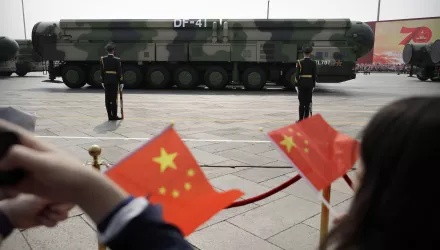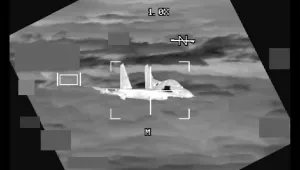Delivering Deterrence: Third-Party Influence and Vertical Nuclear Proliferation in South Asia
Why and how have India and Pakistan continued to expand and diversify their nuclear arsenals despite sustained external constraints, including sanctions, export controls, and technology denial measures embedded in the global nonproliferation regime? Existing explanations often emphasize domestic politics, regional security competition, or Cold War–era arms racing models, but they understate the role of external actors in shaping the conditions under which vertical proliferation occurs. This research develops a regional theory of vertical nuclear proliferation that examines how alliance and strategic partner dynamics, combined with selective nonproliferation enforcement, influence the strategic trade-offs states face between acquiring capabilities rapidly through foreign assistance and building them gradually while preserving strategic autonomy. Shifts in external alignment and levels of permissiveness create windows of opportunity and vulnerability that affect how states pursue qualitative and quantitative diversification. This research traces missile and aircraft delivery system development in India and Pakistan from the 1980s to the 2010s and draws on archival sources, expert interviews, and military journals. The findings show how variation in alliance dynamics and selective enforcement of nonproliferation rules can inadvertently accelerate nuclear buildup and produce distinct pathways of vertical proliferation. These dynamics contribute to a broader understanding of how external constraints shape regional nuclear decision-making and inform approaches to nonproliferation strategy.





